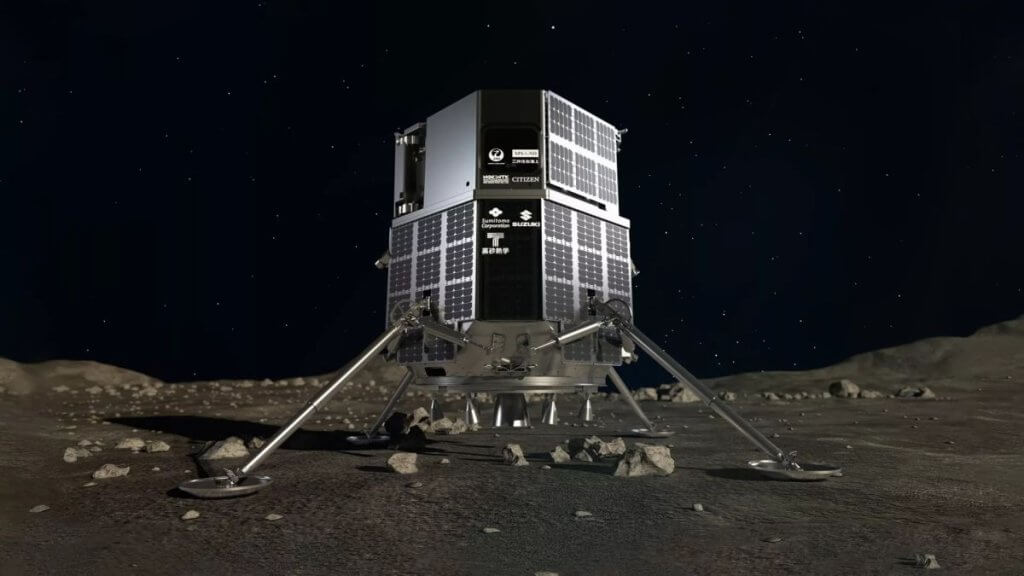
Private Japanese lander sets distance record on its way to the moon (Image Credit: Space.com)
A private Japanese lander set a record last month on its long and looping journey to the moon.
The Hakuto-R spacecraft got 855,000 miles (1.376 million kilometers) from Earth on Jan. 20, thus “becoming the farthest privately funded, commercially operating spacecraft to travel into space,” representatives of Tokyo-based company ispace, which built and operates the lander, said in an email update on Monday (Feb. 27).
One privately built moon probe has gone farther afield: The CAPSTONE cubesat got a maximum of 951,908 miles (1,531,948 km) from its home planet before arriving in lunar orbit last November. CAPSTONE is operated by the Colorado-based company Advanced Space, but the cubesat is performing a mission for NASA, so it’s not a purely commercial effort (hence the qualifiers that ispace inserted into its superlative).
Lunar timeline: Humanity’s exploration of the moon
Hakuto-R launched atop a SpaceX Falcon 9 rocket on Dec. 11, kicking off an ambitious test flight to the moon. The lander is taking a highly energy-efficient path to Earth’s nearest neighbor: If all goes according to plan, it will arrive in lunar orbit in mid to late March and touch down in late April.
A successful soft landing on the moon would be a huge achievement — a first both for the nation of Japan and for a privately operated spacecraft. And success remains very much in play, for the probe is performing well in deep space, ispace representatives said.
“I’m very pleased to report that our first mission to the moon is going very well,” ispace Chief Technical Officer Ryo Ujiie said during a call with reporters on Monday evening (Feb. 27).
Though this is a test flight, Hakuto-R is carrying operational payloads, including a tiny rover named Rashid for the United Arab Emirates’ space agency.
The current mission is not a one-off for ispace. The company aims to launch robotic landing missions in both 2024 and 2025, and many more after that as part of an ambitious effort to help humanity establish a sustainable economic footprint in Earth-moon space.
ispace representatives revealed some new details about those next two flights, known as Mission 2 and Mission 3, during Monday evening’s call. For instance, the Mission 2 lander will carry, among other payloads, an experiment to split water on the lunar surface and a module designed to conduct the first food-production experiment on the moon, using the micro-algae Euglena. Both of those payloads will be provided by Japanese companies.
And 2025’s Mission 3 will feature some ridealong spacecraft.
“To support communications on the far side of the moon, the Mission 3 lander will deploy two communications relay satellites, which are designed to remain in lunar orbit for multiple years,” ispace representatives wrote in Monday’s update.
Mike Wall is the author of “Out There (opens in new tab)” (Grand Central Publishing, 2018; illustrated by Karl Tate), a book about the search for alien life. Follow him on Twitter @michaeldwall (opens in new tab). Follow us on Twitter @Spacedotcom (opens in new tab) or on Facebook (opens in new tab).








